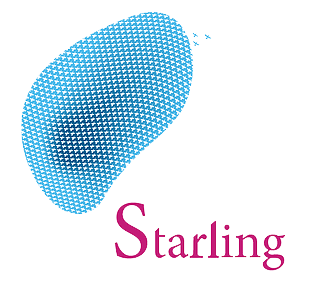Project Governance and Sponsors (types) are critical to success
As project or program manager we rely on an active sponsor and/or project governance. In every presentation related to this subject and in every proposal of a supplier a sponsor is mandatory for the success of the project.
We need a sponsor for defining expectations, granting power and removal of (political and organizational) hurdles. But getting them focused on your project, make effective decisions, and ensure decisions are consistent and aligned is hard. And this should also be in line of the process the project manager is trying to follow. So what kind of sponsor do we need to succeed?
In my experience, and discussing this topic with other project managers, I experienced different kind of Sponsors.
- The professional sponsor
- The silent sponsor
- The invisible sponsor (Ghost -sponsor)
- The micromanagement sponsor
- The active sponsor
1. The professional sponsor is the executive, the ambitious manager who likes to innovate. He/she is sponsor of multiple project/programs and always attending steering committees of all projects. Probably the topic of the project is not directly related to his/her expertise. And the projects where he/she is responsible for can be conflicting. That means that you, as project manager, need to manage all stakeholders and ask them for help if you need decisions instead of asking your sponsor for help.
2. The silent sponsor is not saying anything to your team and is not active in the steering committee. He/she lets you take decisions and remove all the hurdles. In conflicts you are on your own! He/ she can be a good coach but is conflict avoiding. What you can do is inviting your sponsor on a regular basis in bilateral meetings with your stakeholders and involve the sponsor in team meeting. Managing the sponsor is important to benefit the status of him/her.
3. The invisible sponsor is hard to track. Probably you have seen him or her at the kick off but afterwards he/she is sending someone else to all important meetings. So you lose the power to take relevant decisions and the decisions are inconsistent and not aligned. You will having a hard time to keep the stakeholders aligned and be successful. You have to make sure the replacement of the sponsor has to mandate to take decisions.
4. The micromanagement sponsor is a relieve in the beginning. He/she is committed and want to make a success of the project. After a while you notice that he/she is interfering in your project and starting to make changes in your approach. The sponsor is too detailed and focused on your work and not on granting you power to be successful. After a while you will be attending daily calls with your sponsor and you are wondering who is the project manager. To be successful in your project you have to be direct and transparent about your concerns of his/her approach.
5. What we really need is an active sponsor who is focused on the end result of the project and is managing the surrounding so that you can do a good job. He/she is sponsor of one project and celebrating the first success and sitting front row when the project is not successful. He /she will challenge you with your approach, deliverables and progress and will support you to make effective decisions and ensure this decisions are consistent and aligned.
How committed is your sponsor to the project and how can you be successful? How can you manage your sponsor and get the most out your sponsor? As a project manager it is important to manage your sponsor, despite the type of sponsor, to be successful.
If you want to know how to set up a good project governance contact Starling Consultancy to discuss this topic. Feel free to share your experience!
A good project governance is critical for the success of your project.
#ProjectManagement #Projectgovernance #Stakeholdermanagement #Sponsor #ProgrammeManagement
